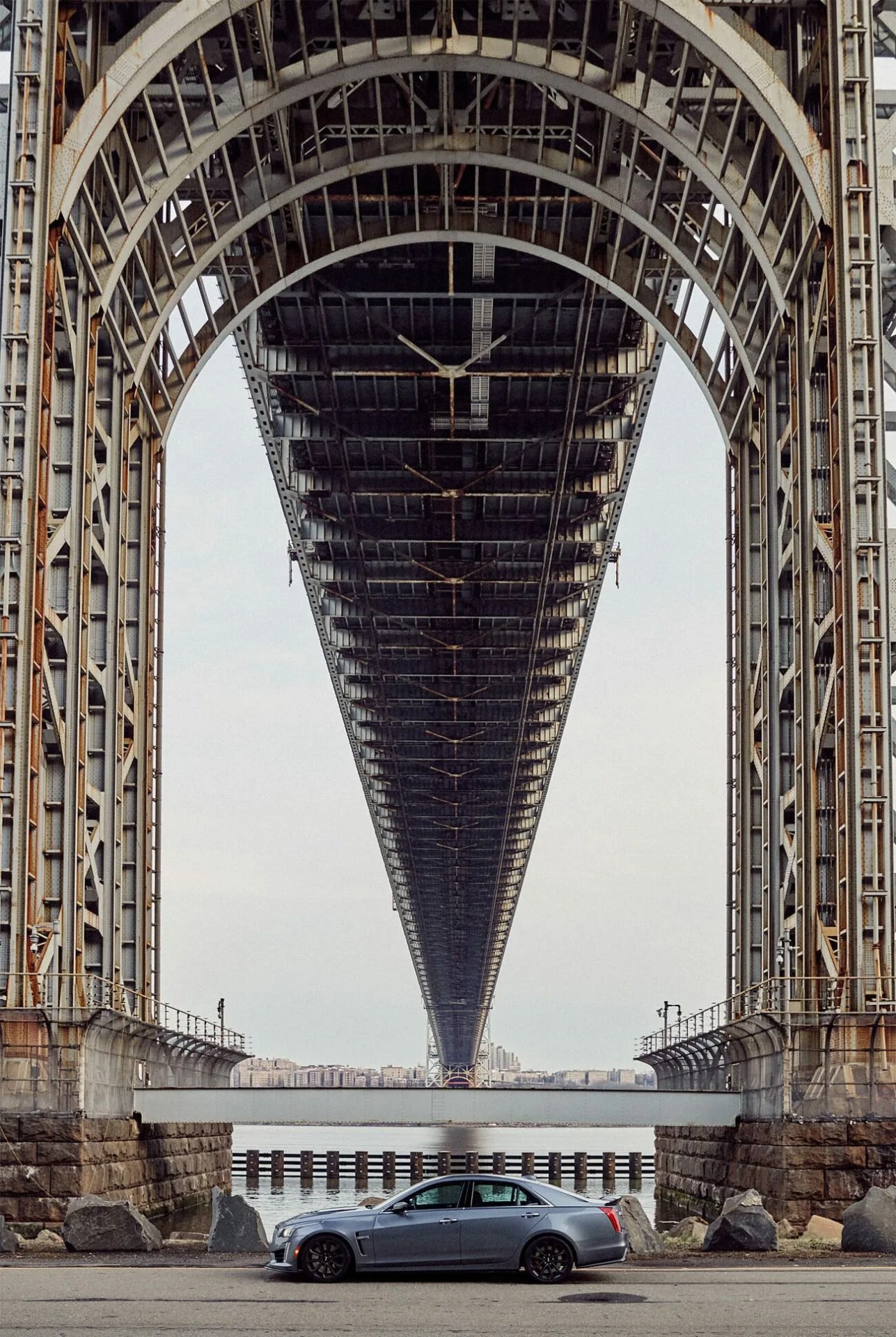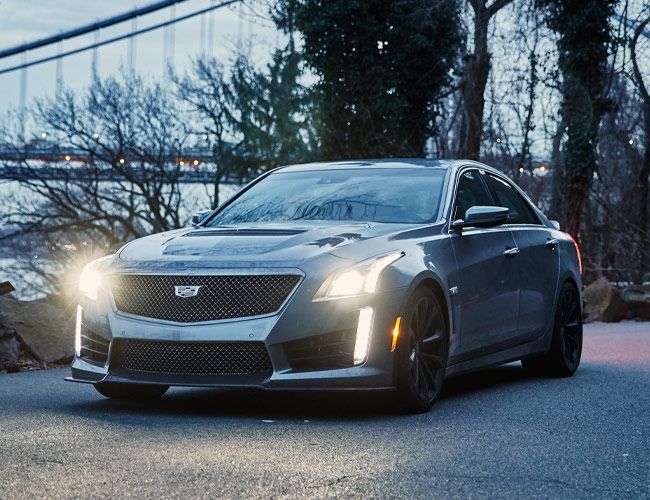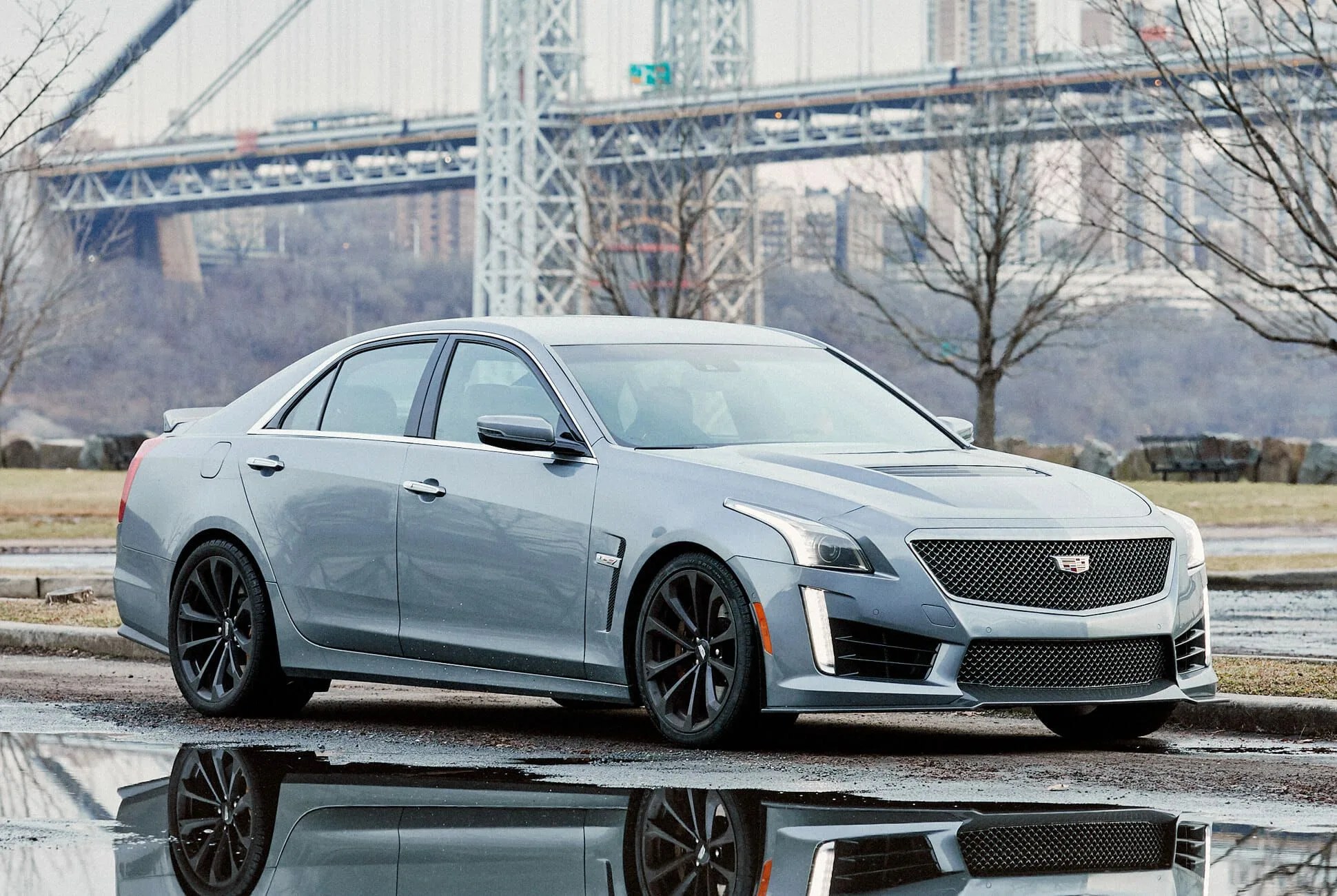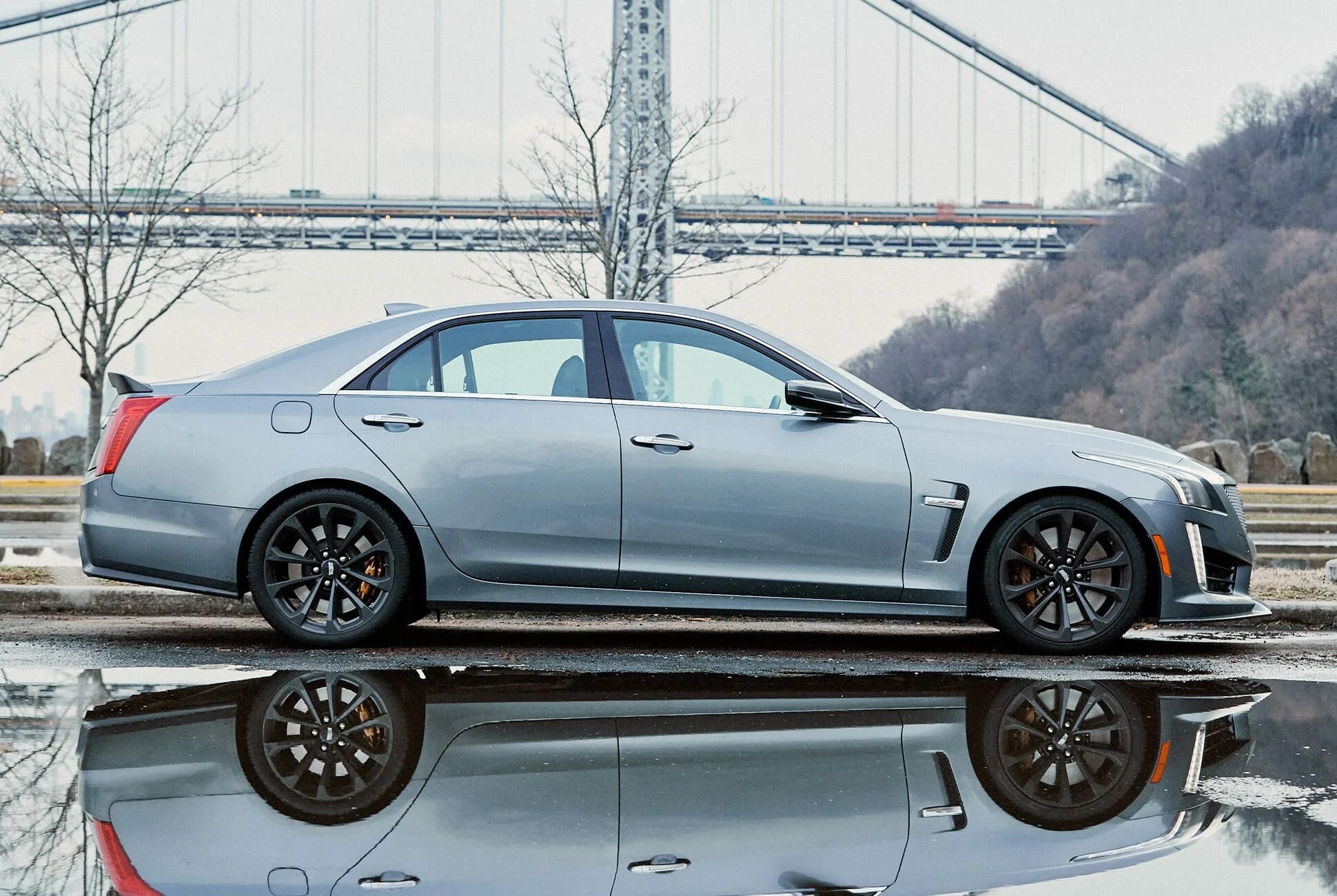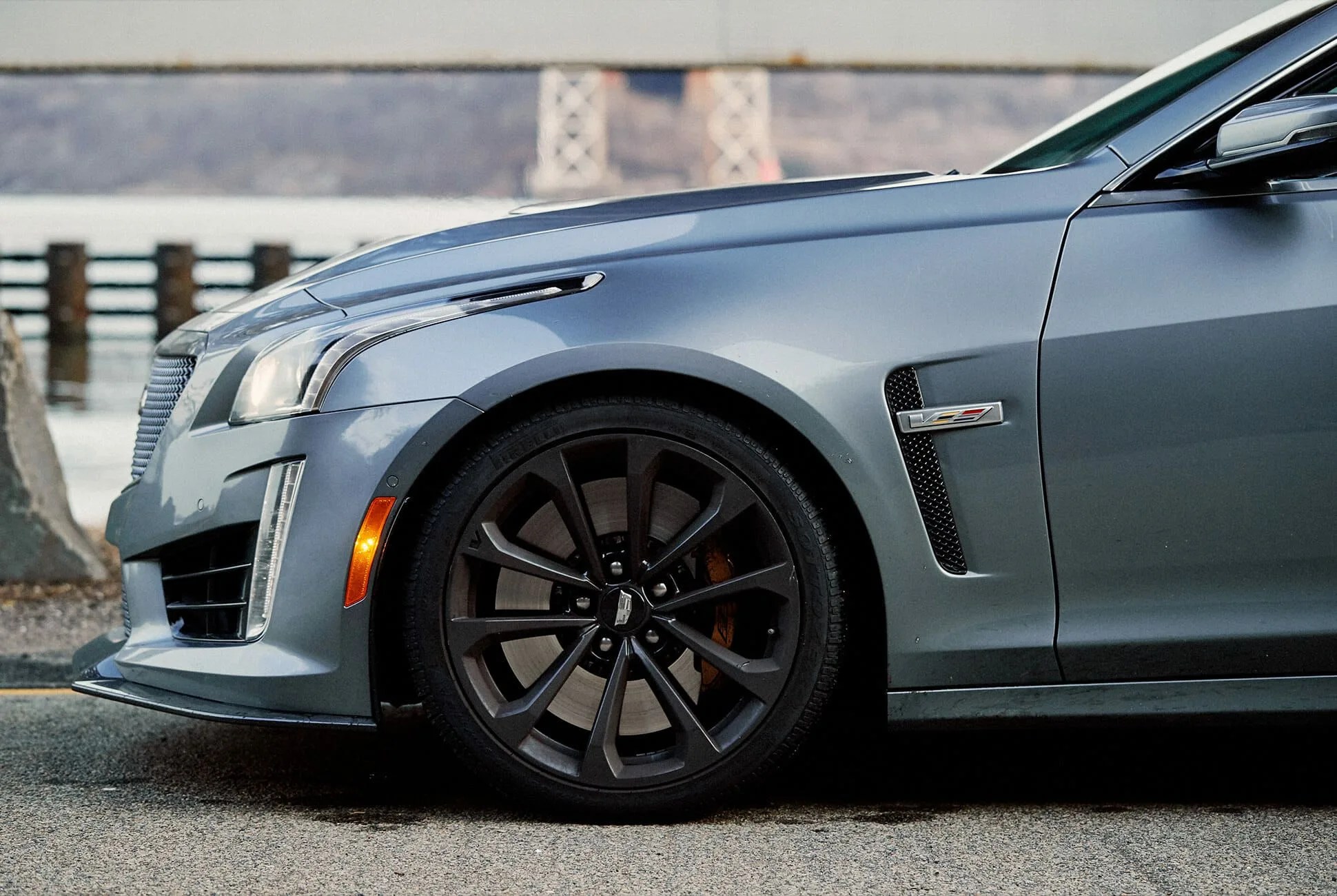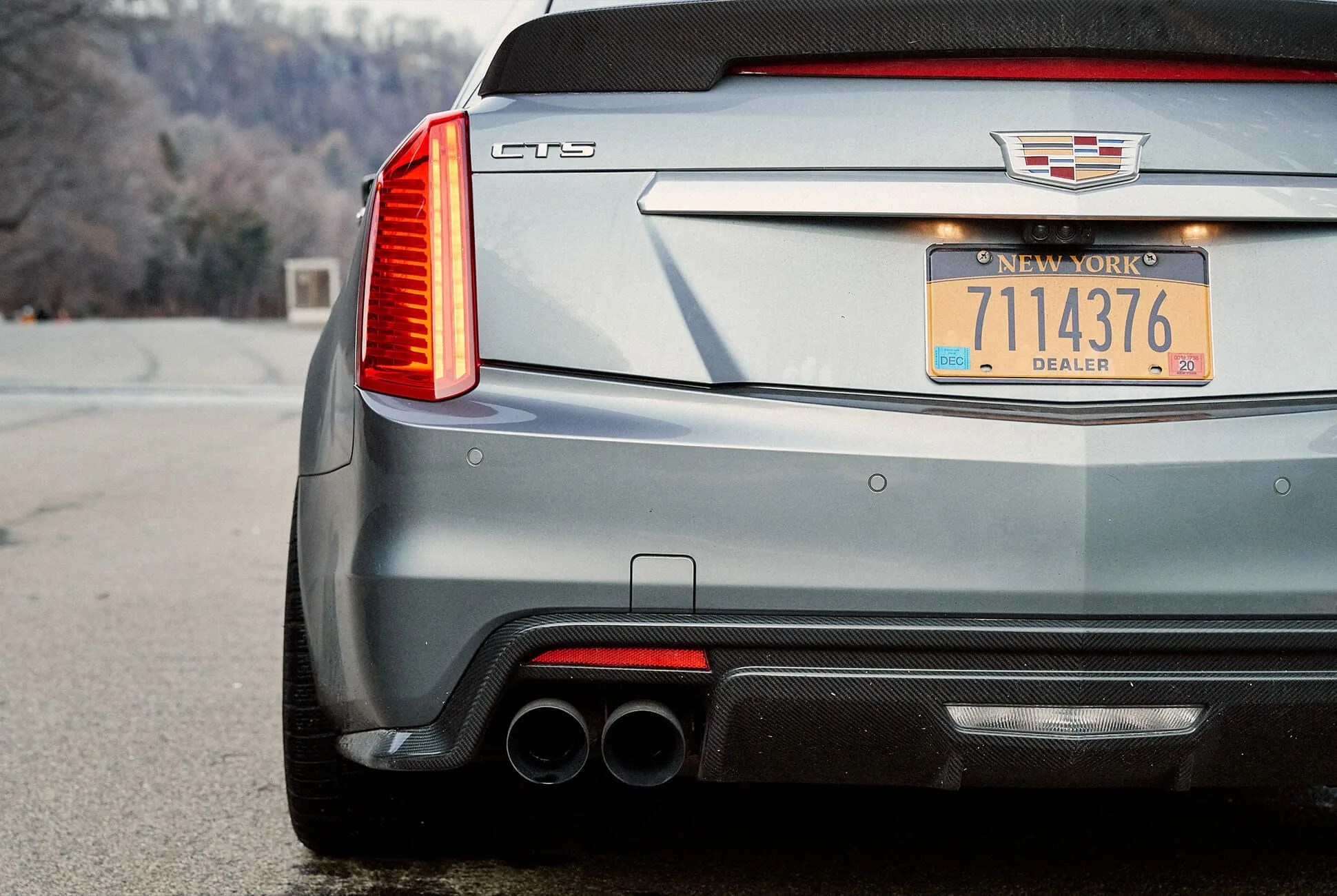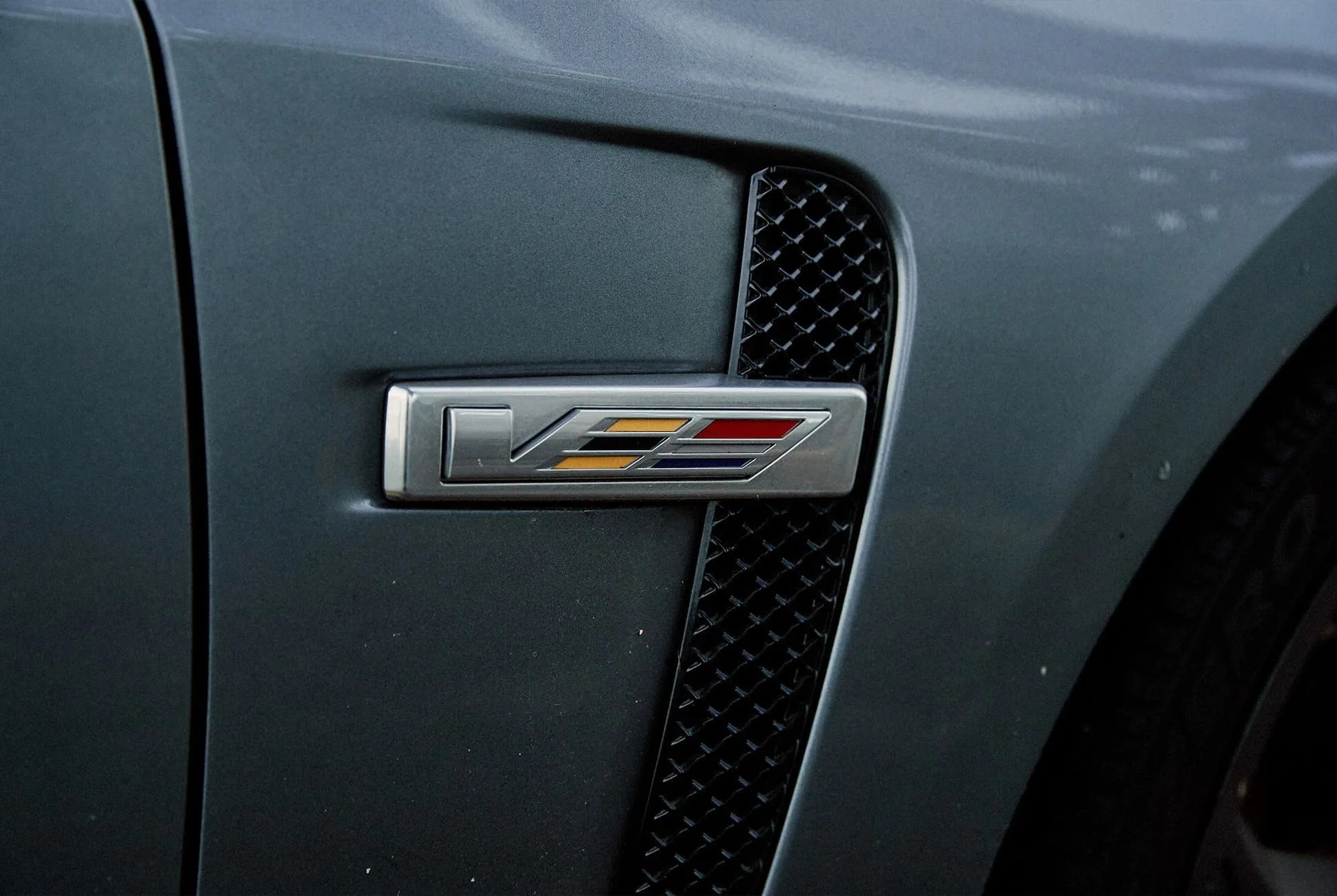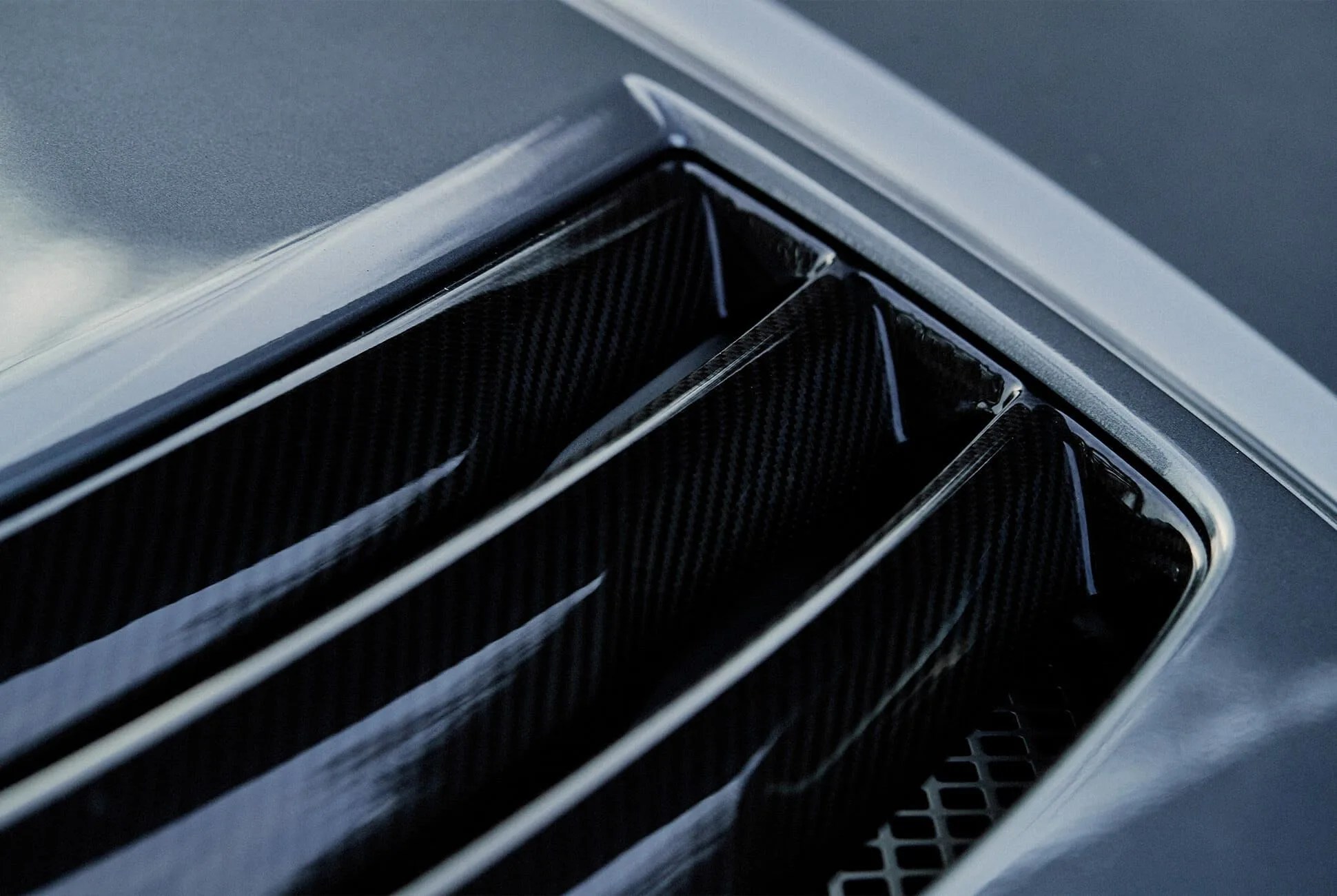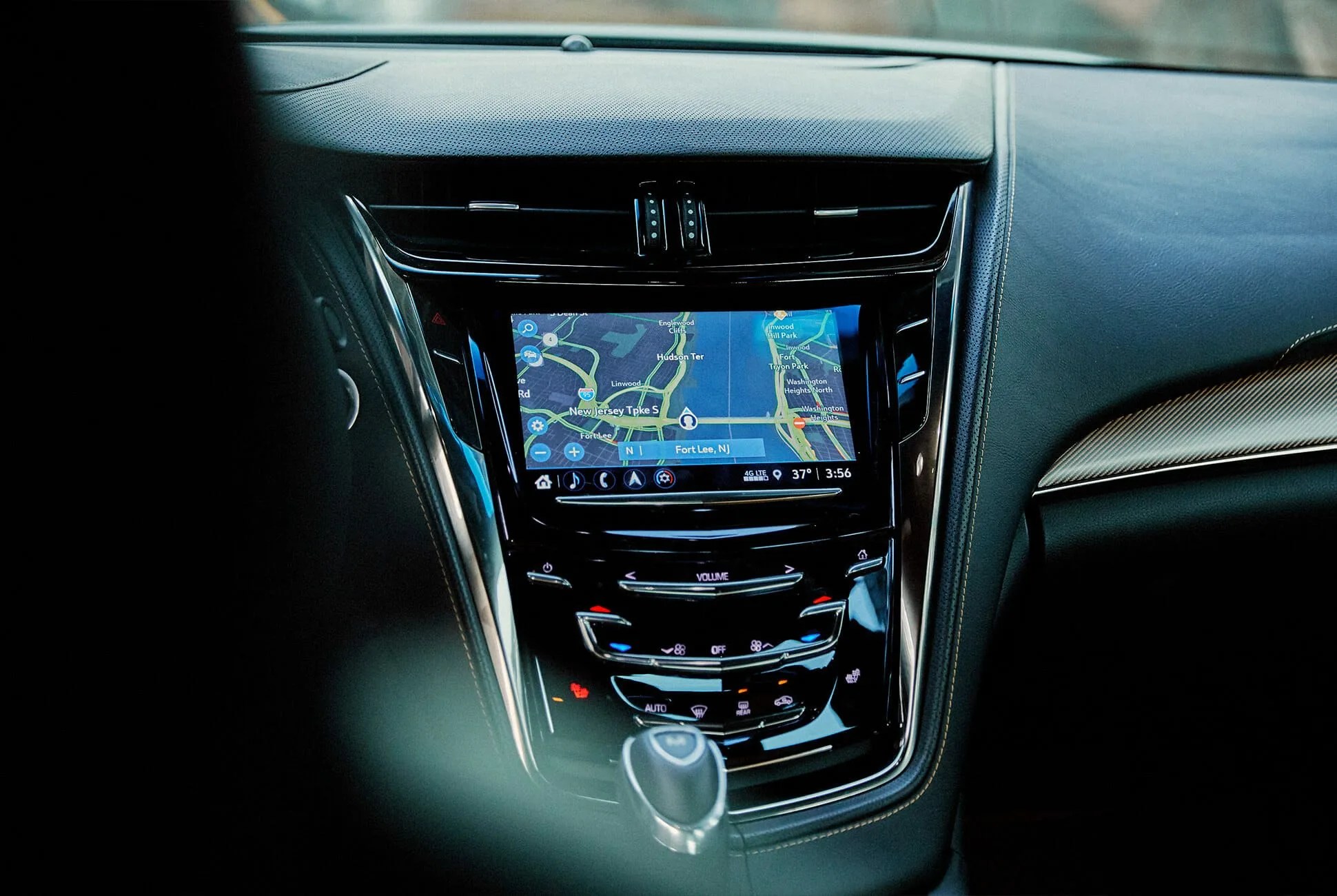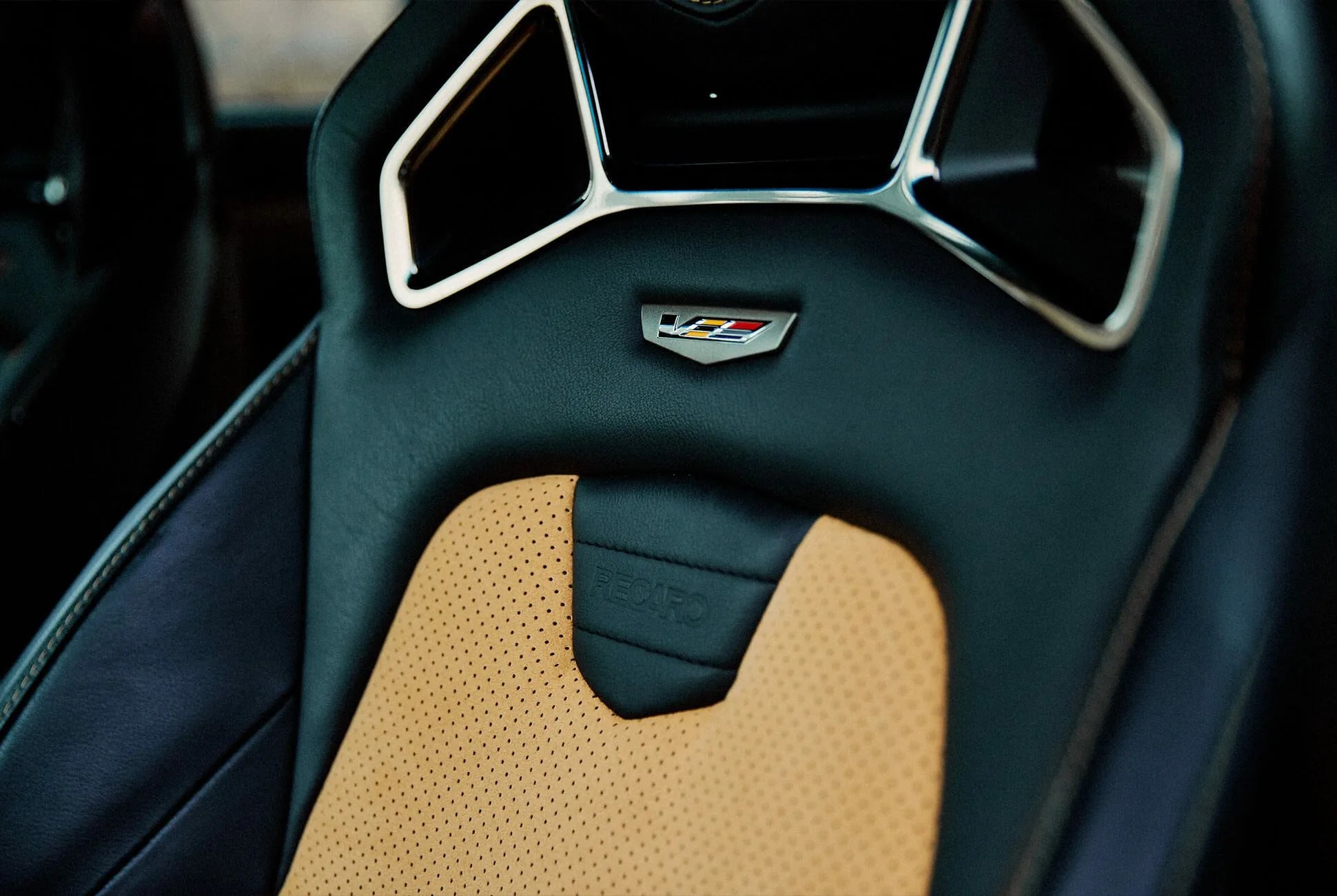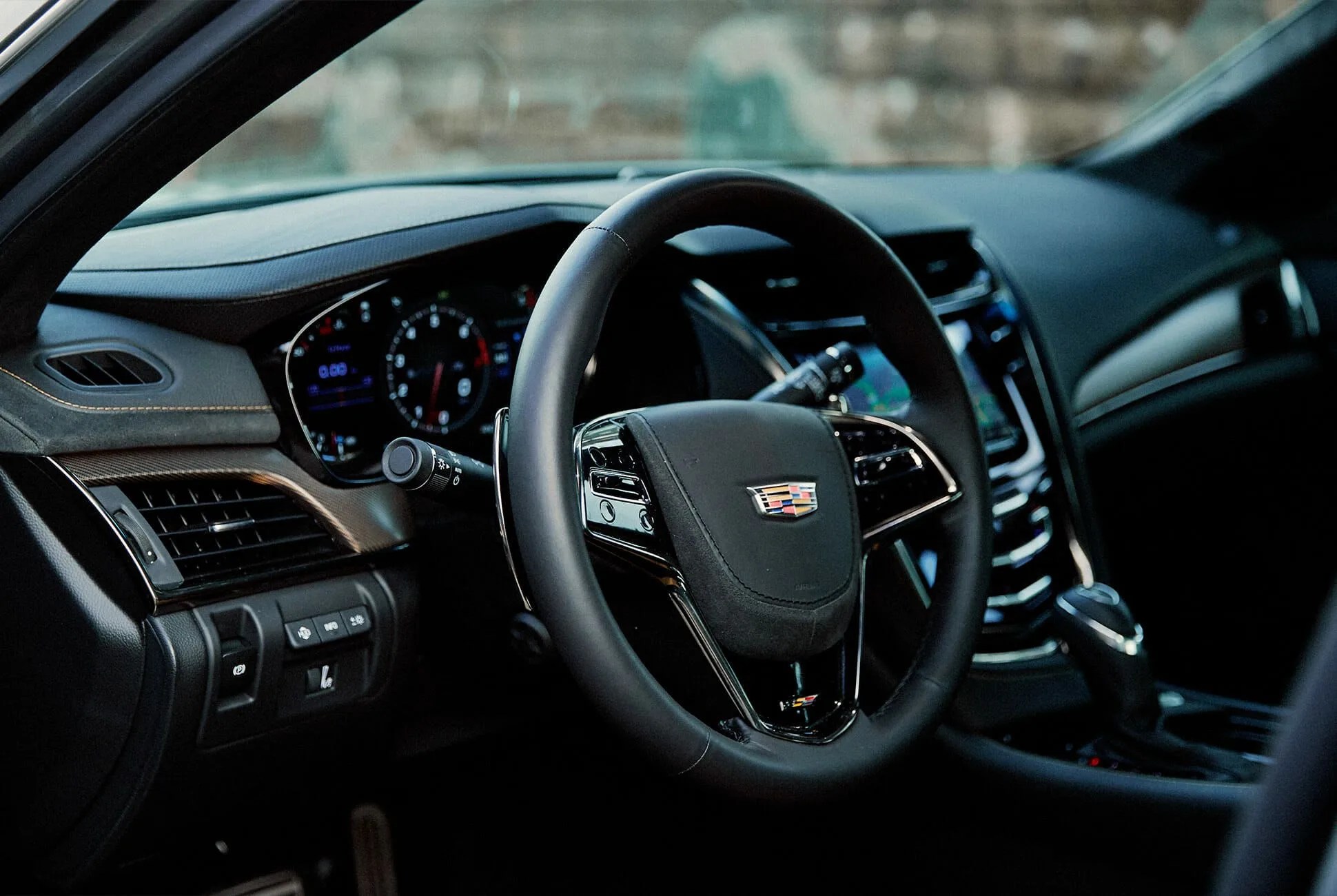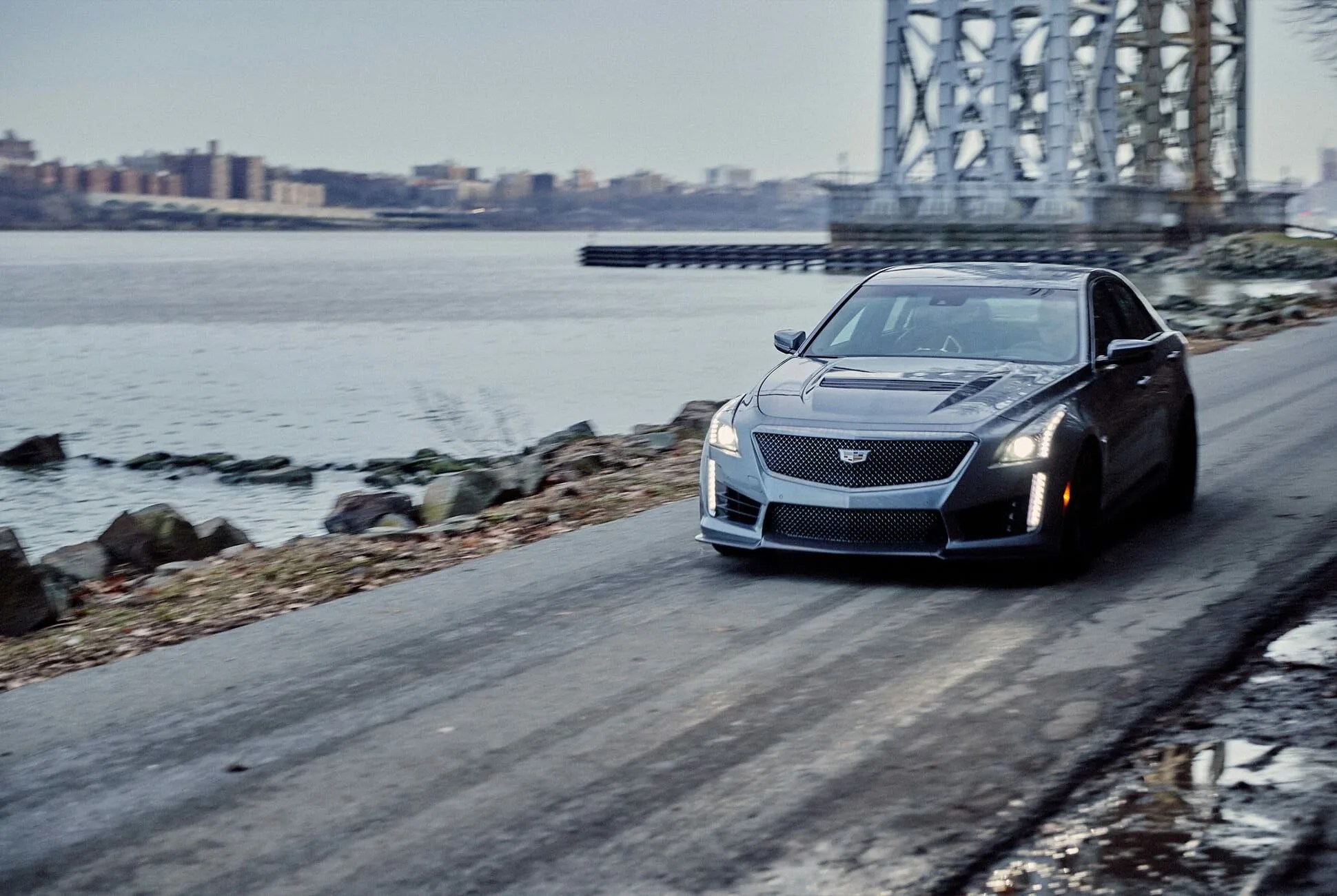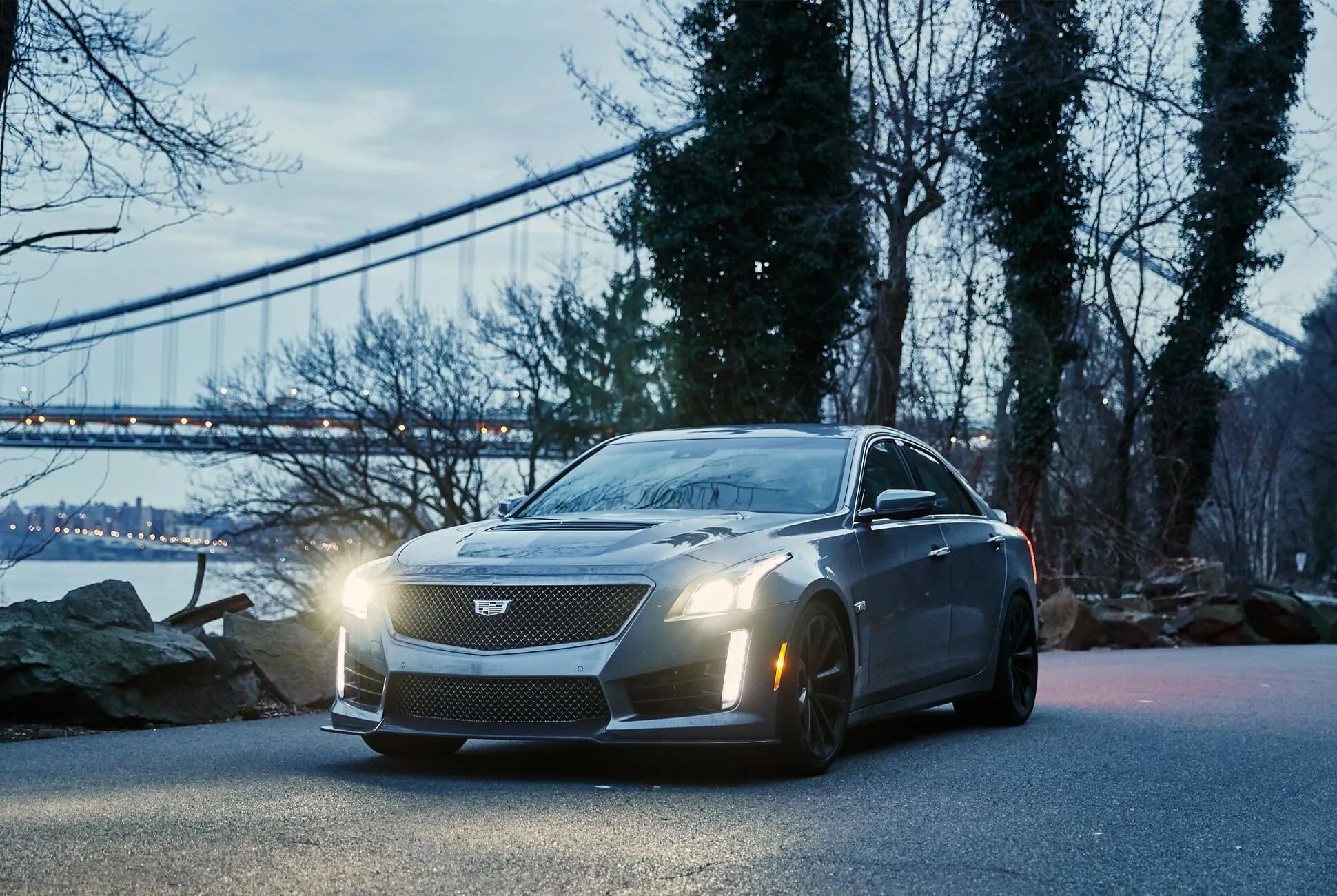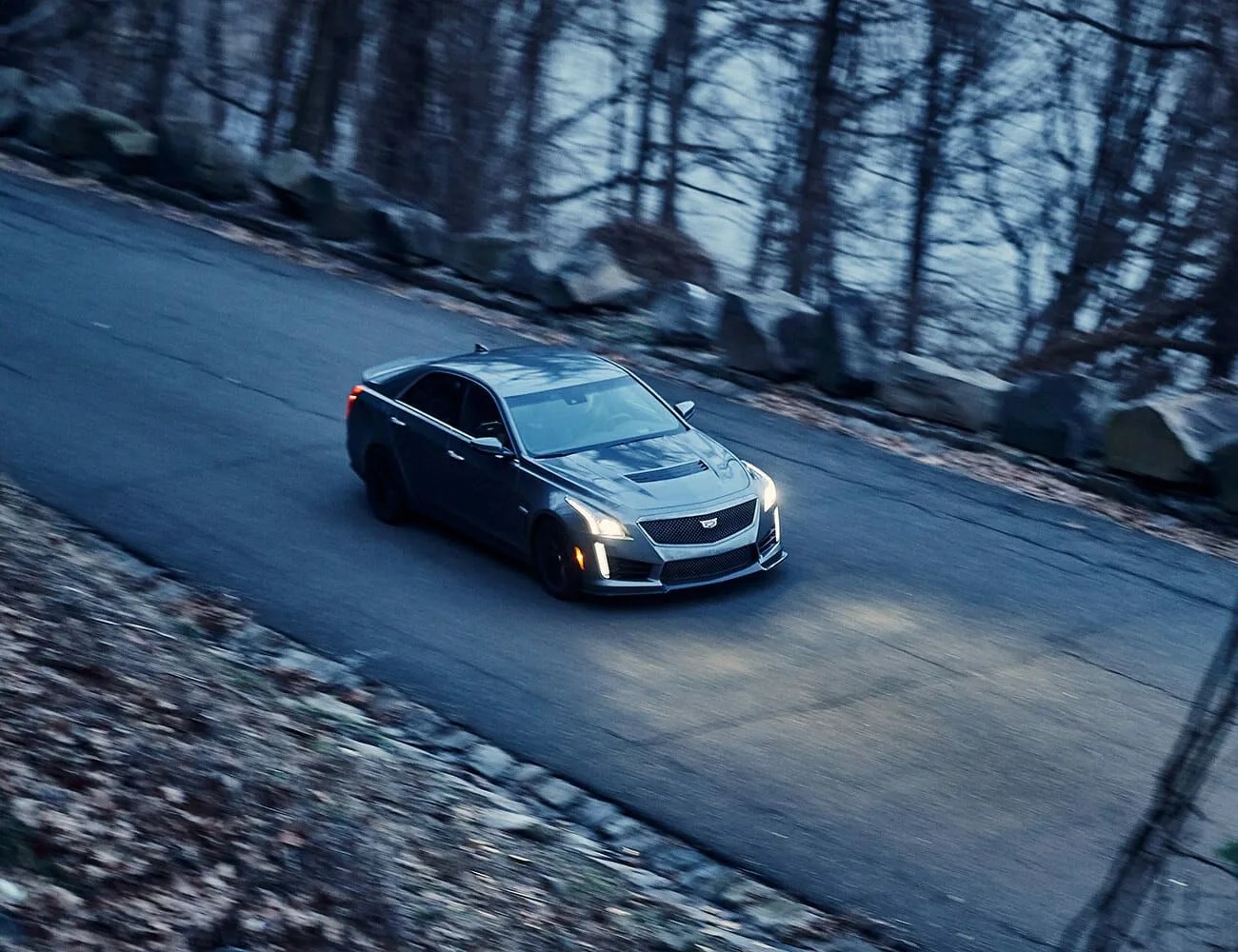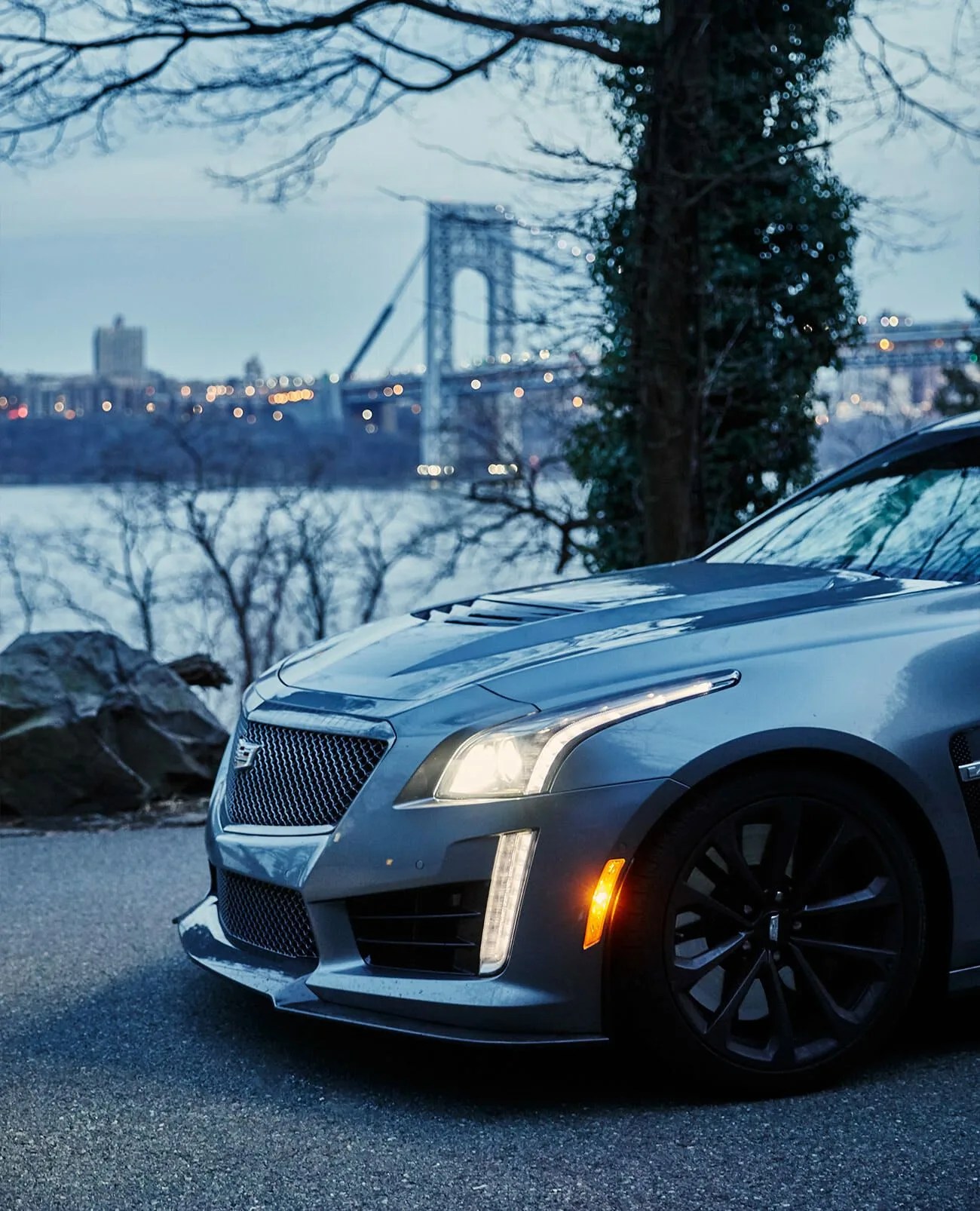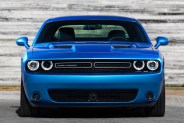12 photos
In the space of one week, I rolled over 1,600 miles – from NYC to Charleston and back – onto the new CTS-V’s odometer. If it weren’t for the overly aggressive Recaro bucket seats, this would be the perfect American road trip car. It became very clear to me that, thanks to a supercharged eight-cylinder heart working in unison with the expertly tuned chassis, the last generation of the CTS-V has earned a place in the pantheon of all-time greats.
I used the remote start without hesitation every time I started the car. Coaxing the Cadillac supercharged CTS-V’s 6.2-liter V8 to life is fun, but having a front-row seat to the quad exhaust barking in your face then simmering to a deep burble is another kind of pleasure. It primes you for the rest of the experience.
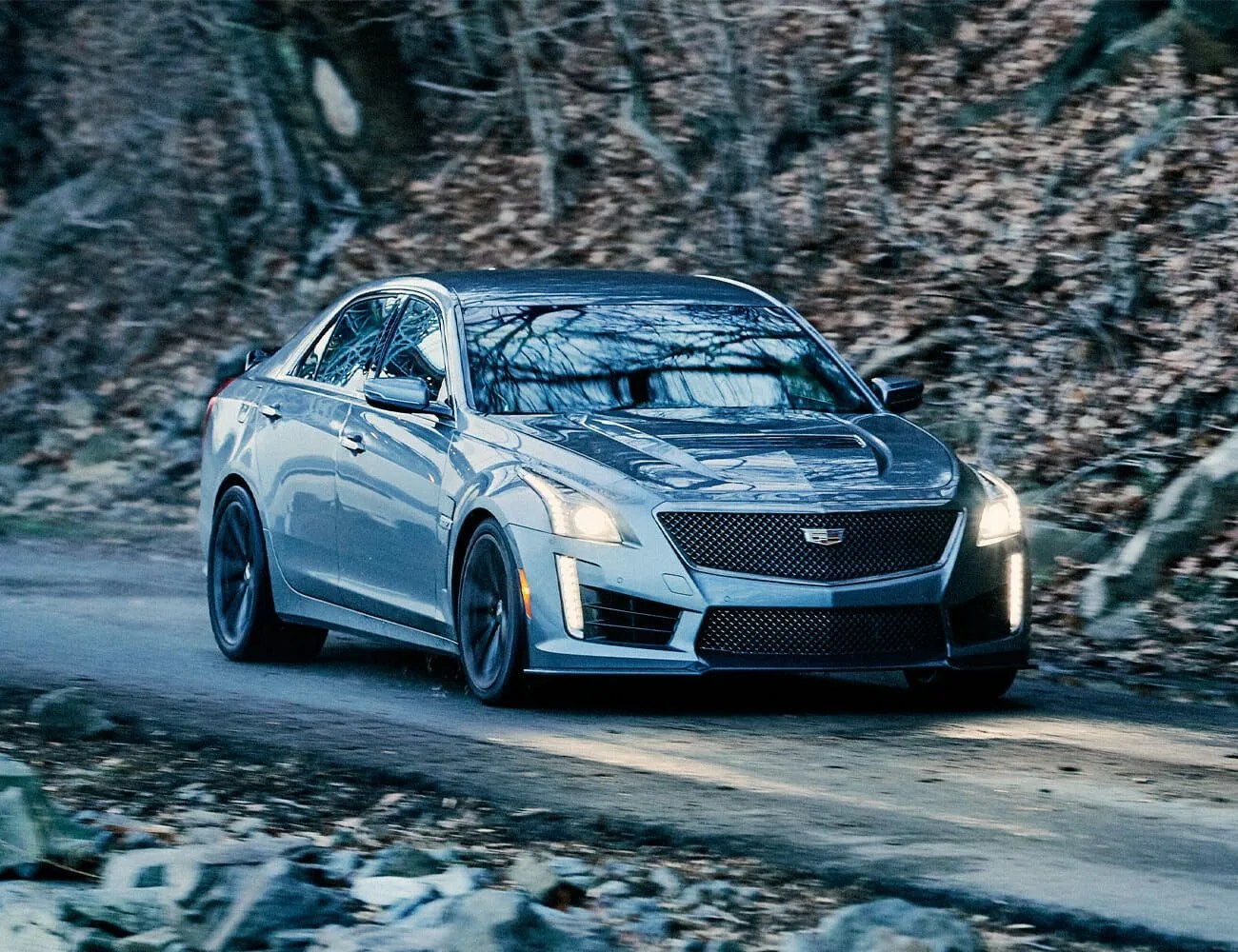
There’s no hard and fast rule about what makes a great car or what classifies one as an instant classic. The hall of fame is filled with vehicles like the Land Rover Defender, the Lamborghini Countach, the Citroen DS 21 and the DMC DeLorean, to name a few. It’s an eclectic group. Generally, design, timing, purpose and, performance can be factors into determining a car’s greatness. When it comes to the last generation of the CTS-V, it’s all of the above.
It took Cadillac just over a decade and three generations to get the CTS-V just right. Back in 2004, it was clear GM wanted to move in a different direction to take on BMW, Audi and Mercedes-Benz in the luxury-performance game. But the ghosts of unrefined ’90s-era Cadillacs still haunted the brand. The second generation got a boost in performance but didn’t look any different than the base CTS, and the interior still shouted “GM.” It seemed as though the company be couldn’t be bothered to bring the car to life as anything more than a glorified Chevy.
